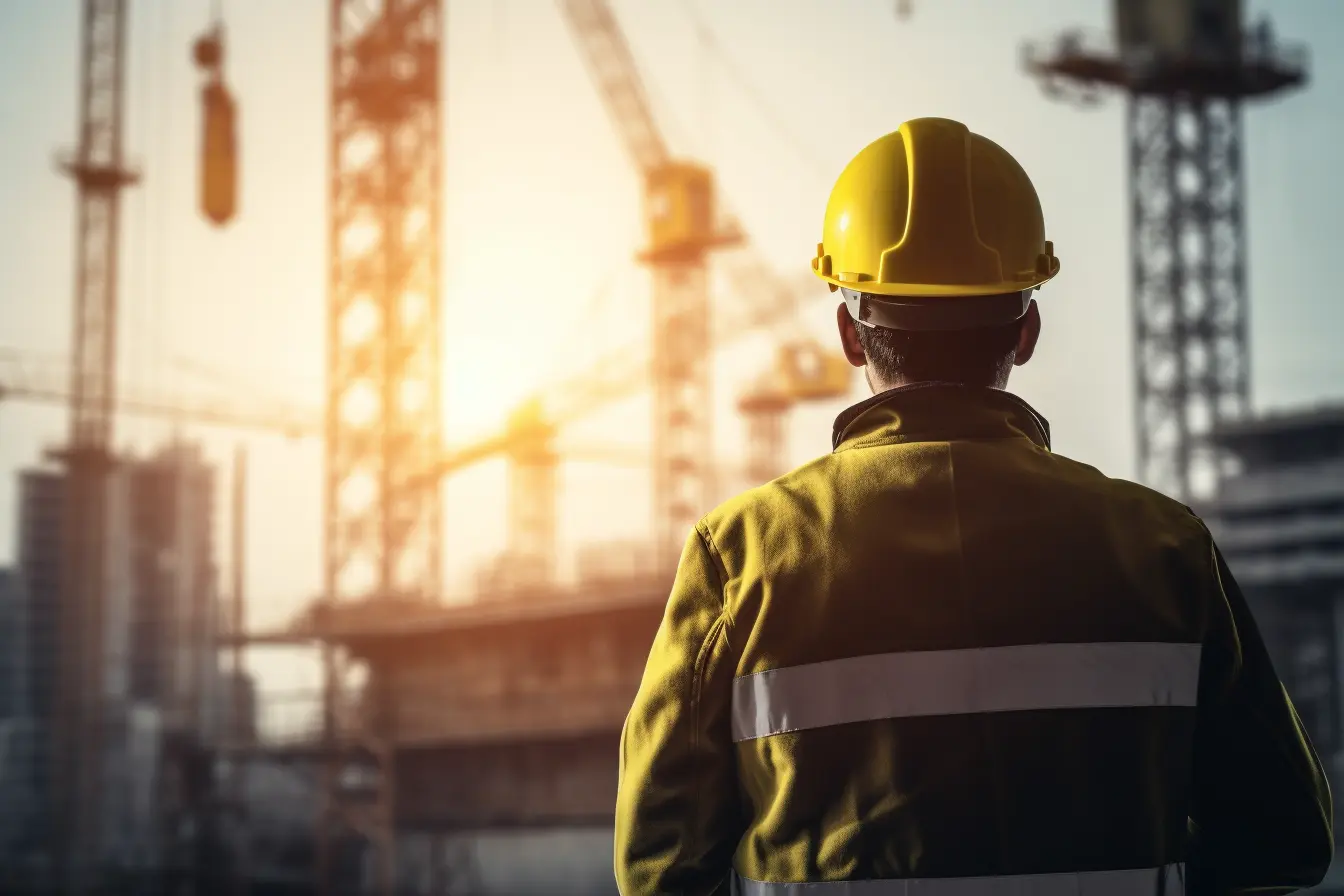Contents
7 Key Benefits of a Job Hazard Analysis
8 June 2023
Like all key safety procedures, the Job Hazard Analysis (JHA) aims to create a safer, healthier workplace. By examining the relationship between a worker, the task, the tools and the environment, a JHA can help your business identify hazards involved in a specific job and therefore reduce the risk of injuries, illnesses and deaths.
But did you know that conducting a JHA can have benefits that go beyond the obvious? Conducting regular, thorough JHAs can improve communication among workers, establish a baseline procedure for new hires, boost your company’s productivity and help you reach your business goals.
Before we get into the benefits, it’s important to remember that JHAs only deliver these advantages if they’re regularly reviewed. Procedures, employees and equipment change, and new hazards may not be recognized unless they’re actively examined.
Benefits of a Job Hazard Analysis
1. Identifies hazards
Before your business can create safer procedures, you need to pinpoint the hazards in your workplace. Conducting a JHA is an excellent way to determine the specific hazards of a particular task. The JHA involves laying out, step by step, the procedure of a given task and identifying, describing and ranking the hazards involved at each step. A JHA is a focused, proven method of bringing clarity to your business so you can effectively eliminate hazards.
Additionally, a thorough JHA should be able to reveal any relevant hazards that may have previously not been visible before a thorough analysis was undertaken.
2. Implements controls
After the hazards of a specific task have been identified, health and safety professionals, supervisors and workers can collaborate to devise and implement measures to control them. These measures may include changing the work environment, adding or removing steps in a procedure, devising a new engineering control, adding or modifying PPE and more. Measures like these can prevent future accidents, helping to create a safer work environment.
In addition to securing the safety of workers, preventing accidents can benefit your business in many ways, including reducing regulatory fees, saving time and money.
3. Improves communication
JHAs don’t just require the participation of your company’s health and safety professionals. For a JHA to be successful, it needs to involve management, supervisors, safety professionals and all workers. Everyone involved can share thoughts and suggestions for improvement, encouraging open communication between staff at different levels of your organization.
4. Protects employees
In any industry, conducting a JHA is one of the most effective ways to ensure the tasks that workers are expected to perform are free from any hazards. JHAs enable companies to devote resources toward controlling the hazards most likely to lead to incidents and thereby to protect their workers.
5. Boosts employee morale and productivity
When employers take a proactive approach to ensuring employees are working in a safe and healthy environment, it can lead to an improvement in employee morale, productivity and engagement. When employees can see that their employer is prioritizing their health and safety, they’re likely to feel safer and more confident when performing their role. They may also be more likely to raise health and safety concerns with management because they can see that management is taking health and safety seriously.
6. Ensures regulatory compliance
Performing a JHA is an effective way of ensuring compliance with the regulatory guidelines set out by regulatory bodies like OSHA. Compliance is an essential requirement of conducting business, and if safety procedures are not executed at the required level, companies can face severe consequences such as fines, penalties and reputational damage.
7. Provides templates for training
After a JHA has been conducted, the results should provide an updated template of the training required for the role. This can streamline the education and onboarding process when hiring new employees and improve refresher training, ensuring that existing employees are learning the most up-to-date procedures. Conducting JHAs can also have the added benefit of improving your employees’ ability to spot hazards on the job.
Conducting a JHA is an excellent way to create a safer, healthier workplace and remain compliant with regulatory standards. But the procedure can also have many additional advantages, such as improving communication, boosting employee morale productivity and providing templates for training. Your organization can take advantage of these benefits by implementing and regularly reviewing JHAs for every task your workers perform.
To learn more about the basic components of a Job Hazard Analysis, visit our blog: How to Conduct a Job Hazard Analysis.

RELATED BLOGS

How Can Health And Safety Technology Be A Positive Influence On Your Business?
7 June 2022 - Team Evotix
For Health and Safety Managers, decreasing the number of safety incidents in the workplace while keeping employees healthy and safe is a constant concern. One major barrier to improving this often..

Safety Check: Identifying When To Revise Your Health and Safety Processes
26 September 2023 - Team Evotix
Irrespective of your industry, your organization holds the vital responsibility of ensuring the safe return of your employees to their homes each day. When an incident occurs, it falls on you to..

EHS&S Strategies for Uncertain Times: Ensuring Business Continuity and Growth
7 November 2023 - Team Evotix
In recent years, the undeniable truth is that we're navigating through times full of unpredictability. As we confront new challenges, businesses are in dire need of adaptability, especially as the..
